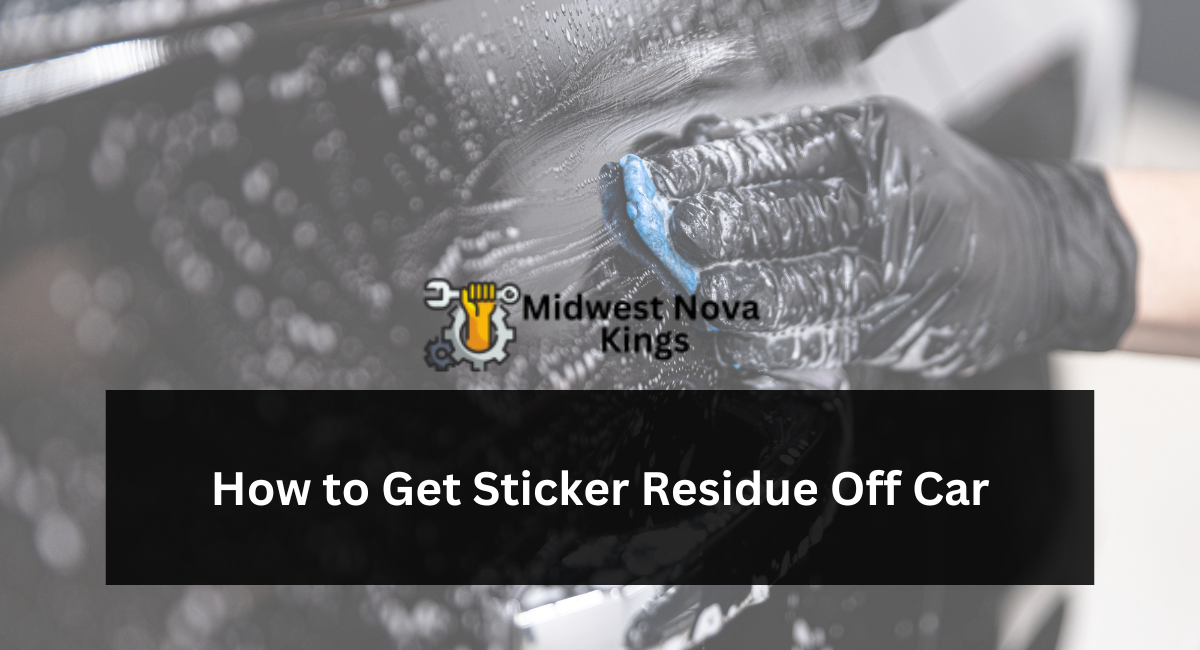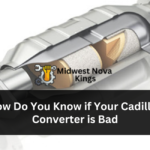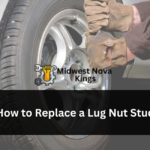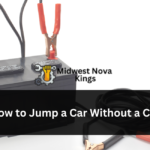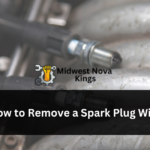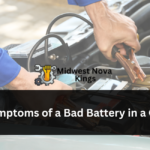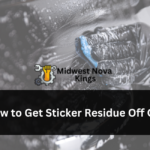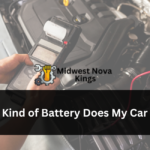Heat from your hair dryer can help soften stubborn stickers, making it easier for removal with plastic scraper. For painted surfaces like Orlando Toyota bumpers, try using rubbing alcohol instead.
Apply a small amount with a clean cloth and rub gently over the affected area, before rinsing if necessary with water.
Heat
If you can’t remove a sticker from your car without damaging or fading its paint, there are several remedies you can try. Mineral spirits, WD-40 and even rubbing alcohol will all do a fine job of getting rid of any sticky residue – multiple applications should do it; just remember that they’re an easy and safe solution!
Heat from either a hair dryer or heat gun may help soften adhesive residue in order to make removal simpler, though be mindful that overdoing it could result in burns – be mindful.
Metal surfaces, like bumpers or the back of mailboxes, require additional steps beyond heat to eliminate sticker residue. If dish soap and water alone haven’t done the trick, try applying some rubbing alcohol or mineral spirits instead; just be wary not to scratch your surface in doing so. Alternatively, for particularly stubborn cases you could try using a plastic scraper tool with scrape-off edges to scrape away at any adhesion residue that remains on metal – make sure that afterward there is sufficient sanding surfaced area before proceeding further!
Ice
Ice is an effective and cost-effective solution to clearing away sticker residue from cars; its freezing effect will make the glue more brittle, making it easier for a credit card or scraper to chip away at it. Simply apply some ice directly onto the sticker for several minutes before using this method to scrape away residue – an inexpensive, safe solution that won’t harm windshields!
Rubbing alcohol, window cleaner and Goo Gone can all be effective ways of breaking down adhesives on cars; however, they may cause permanent damage to both windshield and paint finishes on your vehicle as well as leaving an unpleasant scent and potentially being toxic in terms of inhalation.
To reduce exposure to chemicals, opt for non-toxic solutions like white vinegar or nail polish remover. Both solutions can be applied directly onto sticky areas using cloth or sponge. It will take more time, but will result in both clean windshield and car interior!
Baking soda and cooking oil provide another natural option to remove residue. Simply spray this solution directly on any residue and allow it to set for several minutes, before using a plastic scraper or your fingernails to scrub off. Not only will this remove any unsightly deposits but it will also help clean your windshield of dirt accumulations. It should be safe for use on painted surfaces – however first test on a small area before proceeding further with it.
Rubbing Alcohol
Rubbing alcohol is another quick and efficient way to remove sticker residue from your car. Apply a small amount on a paper towel and rub over the area where there is residue – this will break down its adhesive bond, making it easier to scrape away with plastic razor blade.
For stubborn residue, vegetable or Canola oil can also help loosen stickers without harming Orlando Toyota paint or finishes. Simply soak the area under the sticker with oil, which will penetrate its pores and loosen it without harming the finish or paint job of your vehicle.
If the heat doesn’t do the trick, try applying some rubbing alcohol directly to the area with sticker residue. This should help break up adhesive bonds, making removal with either razor blades or your hands much simpler.
Goo Gone Automotive, which can be found at many auto parts stores, can be used specifically to remove sticky residue from cars. Once applied to the affected area with residue, let it set for some time, and wipe away with a clean cloth afterwards. White vinegar is another safe and natural cleaner you’ll likely have lying around your home that works just as effectively; simply soak a sponge in vinegar before applying it to affected area and scrubbing off residue with it using damp sponge soaked with vinegar before wiping off surface and drying with clean cloth when finished.
White Vinegar
Home remedies may help remove sticker residue. Although these methods can be effective, they require patience and extra elbow grease for maximum efficiency. They may not always work effectively when dealing with more durable surfaces like glass or metal; in such instances, commercial adhesive removers like Goo Gone may be the better choice.
Rubbing alcohol is an effective and versatile solution for removing sticker residue, as it works on most surfaces without harming them underneath. But if you prefer something other than alcohol for this task, white vinegar may work just as effectively: pour some on a cloth and rub the area until all residue has vanished.
Other natural products, like peanut butter and mayonnaise, can also help break down glue so it’s easier to remove. Simply smear these products over the area in which you have glue buildup and wait a few minutes before wiping away with soapy water. Caution should be exercised when doing this on painted surfaces as this could potentially damage them!
Use steel wool to scrape away glue residue, but be wary not to scratch the surface as this could result in permanent damage. Some have reported success using cooking oils such as vegetable or olive to dab onto a cloth and rub over sticky glue residue for effective removal.
Conclusion
In conclusion, removing sticker residue from cars requires a gentle yet effective approach to preserve the vehicle’s paint and finish. Using common household items like rubbing alcohol, vinegar, or commercial adhesive removers, combined with a soft cloth or plastic scraper, can effectively tackle the residue without damaging the car’s surface.
Patience and careful application of these methods are key to gradually and safely removing the residue. Once the residue is gone, a thorough wash and wax can restore the car’s shine. Regular maintenance and prompt removal of stickers or residue can help keep your car looking its best while preserving its exterior.
